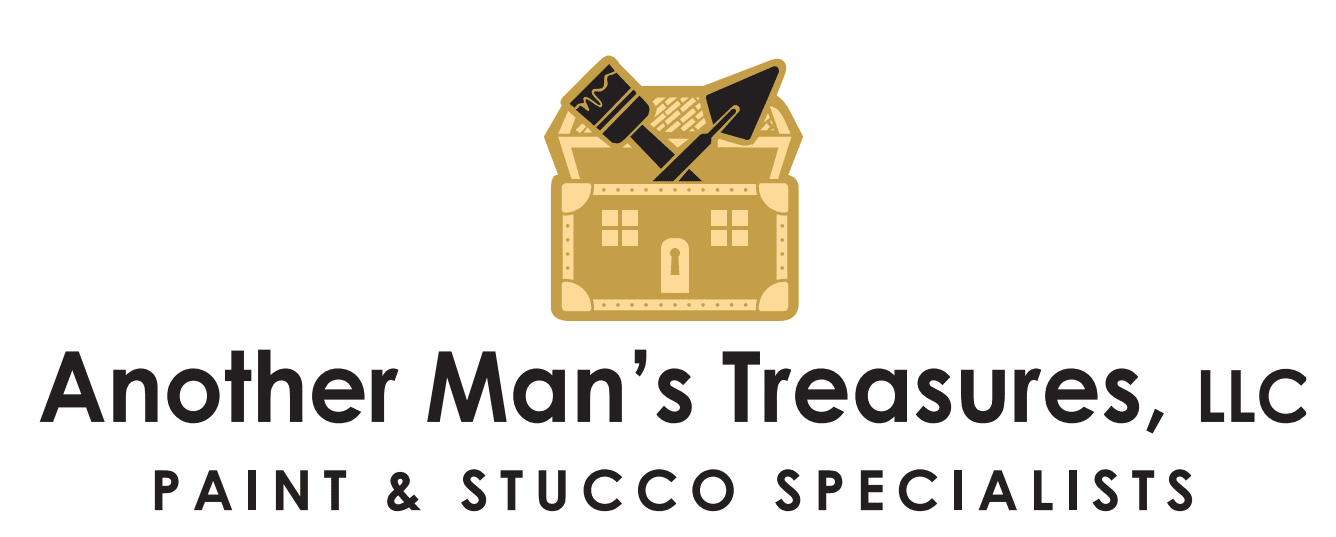Introduction: As experts in the painting industry, Another Man’s Treasures LLC aims to provide valuable insights to our customers. One common issue that homeowners encounter is paint bubbling. This article will shed light on the causes behind this problem, what signs to look out for, effective solutions, and preventive measures to maintain a flawless paint finish.
Why Does Paint Bubble? Paint bubbling occurs when blisters or raised areas form on the painted surface. Several factors can contribute to this issue, including:
- Moisture: The most common cause of paint bubbling is moisture seeping through the surface. It can result from water leaks, high humidity, inadequate surface preparation, or painting over damp or wet surfaces.
- Heat and Sun Exposure: Excessive heat, especially when combined with direct sunlight, can cause paint to expand and bubble. This is particularly prevalent on exterior surfaces.
- Improper Surface Preparation: Insufficient cleaning, failure to remove old paint or residue, or inadequate priming can all lead to adhesion problems, causing paint to bubble.
- Low-Quality Paint or Application: Using low-quality paint or applying it incorrectly, such as applying too thick a layer or not allowing sufficient drying time between coats, can lead to paint bubbling.
Signs of Paint Bubbling: To identify paint bubbling, keep an eye out for the following signs:
- Blisters or Raised Areas: Look for swollen or bubbled sections on the painted surface. They may vary in size, ranging from small pinheads to larger blisters.
- Cracked or Peeling Paint: Paint that has bubbled and subsequently dried often leads to cracking or peeling, further indicating the presence of paint bubbling.
How to Fix Paint Bubbles: When addressing paint bubbling, it’s essential to take the following steps:
- Assess the Extent of Damage: Determine the severity of the bubbling. For minor cases, you may be able to fix it yourself, while extensive damage may require professional intervention.
- Remove Bubbles: Use a scraper or putty knife to carefully remove the bubbled paint, ensuring not to damage the underlying surface.
- Sand and Smooth: Gently sand the area to create a smooth surface. Feather the edges to blend with the surrounding paint.
- Prime and Repaint: Apply a high-quality primer to the affected area, following the manufacturer’s instructions. Once dry, repaint the surface with the desired paint, applying thin, even coats.
Preventing Paint Bubbling: Taking preventive measures can help you avoid paint bubbling in the future:
- Proper Surface Preparation: Thoroughly clean and dry the surface before painting. Remove any loose or peeling paint, and ensure the surface is smooth and free of contaminants.
- Use High-Quality Materials: Invest in good-quality paints, primers, and tools. Opt for products suitable for the specific surface and environmental conditions.
- Apply Paint Correctly: Follow the manufacturer’s instructions regarding paint application, including recommended drying times between coats.
- Address Moisture Issues: Fix any water leaks or sources of moisture near the painted surface. Ensure proper ventilation and control humidity levels, especially in bathrooms, kitchens, and basements.
- Seek Professional Assistance: For large-scale painting projects or challenging surfaces, consider hiring professional painters who possess the expertise and knowledge to deliver lasting results.
Paint bubbling can be an unsightly and frustrating problem, but with the right understanding and proactive approach, it can be effectively addressed and prevented. By recognizing the causes, watching for signs, implementing appropriate fixes, and taking preventive measures, you can maintain a beautiful, bubble-free paint finish. Remember, Another Man’s Treasures LLC is here to assist you with any painting needs and provide guidance for maintaining the integrity of your surfaces.

